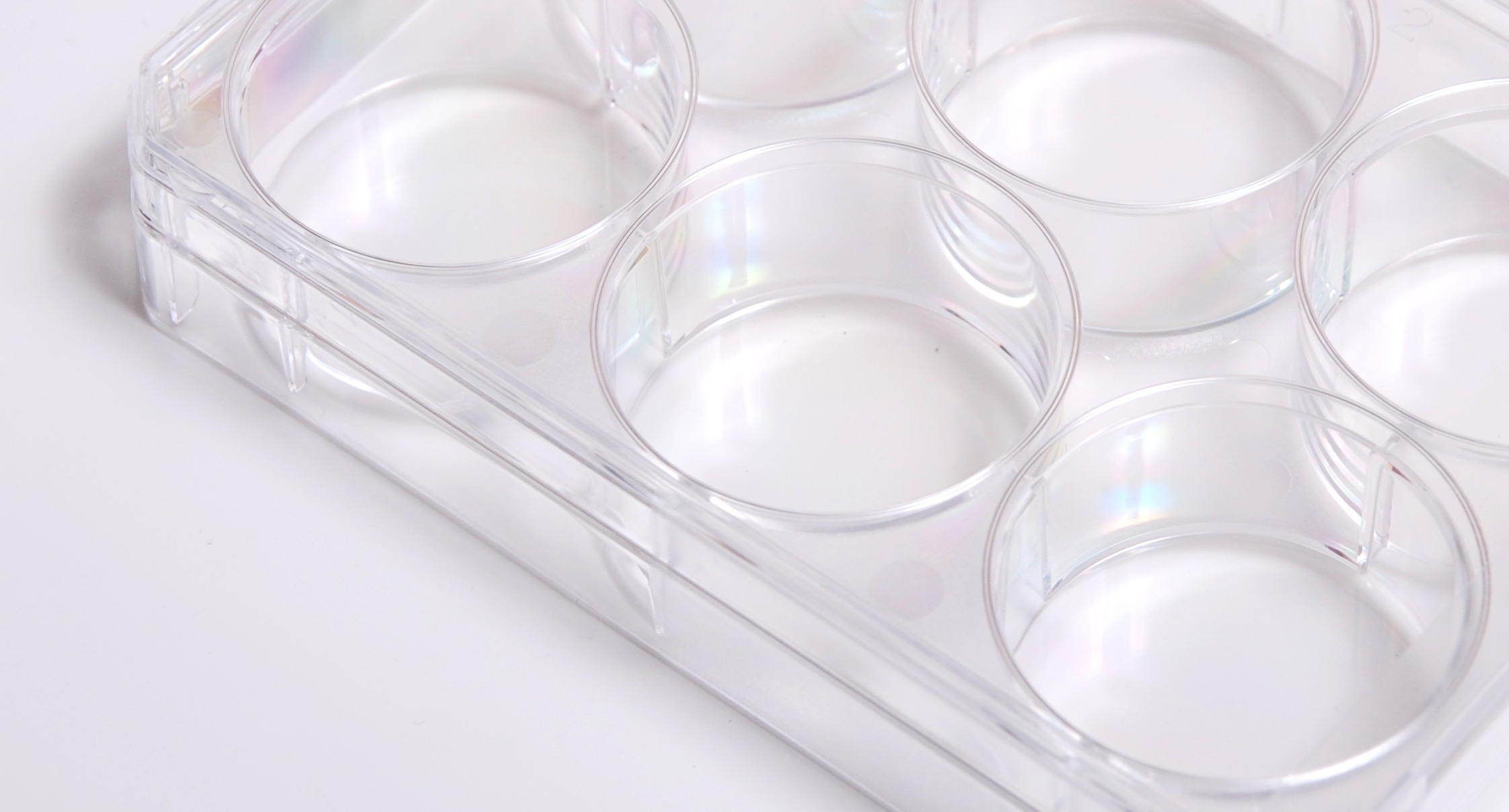High-Throughput 3-D Invasion Assay
A novel invasion plate design and methods which enables increased throughput, standardization and quantification of cell invasion.
The ability of cancer cells to invade into surrounding matrices is a critical determinant of metastasis and failure to prevent metastasis has reinforced the unmet need of targeting cancer invasion. To expedite the overall drug screening process, considerable efforts have been focused on development of practical 3D cell culture platforms for drug discovery. However, current 3D cell-based assays have not yet been incorporated into drug development programs that target metastatic process due to long incubation time requirement, lack standardization, or do not permit standardization for high- throughput screening.
Stony Brook University researchers have developed fluorine-containing asion in addition to being a inducer of apoptonext‐generation taxoid anticancer agents with superior pharmacological properties and improved potency against various classes of tumors, in particular drug‐resistant cancers and cancer stem cells. The potency of these next‐generation taxoids was evaluated against various drug‐sensitive and drug‐resistant cancer cell lines and patient‐derived cancer stem cells. The lead compound is a potent inhibitor of epithelial-mesenchymal transition(EMT), migration and invasion in breast cancer cells. Highly potent taxoids are also very important as the warheads of tumor‐targeting drug conjugates. Further Details Zheng et al. Int J Oncolocy 2017 Mar; 50(3): 893-902
 Please note, header image is purely illustrative. Source: Lily_M, Wikimedia Commons, CC BY-SA 3.0.
Please note, header image is purely illustrative. Source: Lily_M, Wikimedia Commons, CC BY-SA 3.0.
- Permits standardized high throughput drug screening - Effective and reproducible - Can be used with multiple cell types- Enables automated screening
- Research - Drug Discovery
Patented,Patent application submitted
Issued Patent: 8,900,851 Pending Application
Patent Information:
| App Type |
Country |
Serial No. |
Patent No. |
Patent Status |
File Date |
Issued Date |
Expire Date |
|